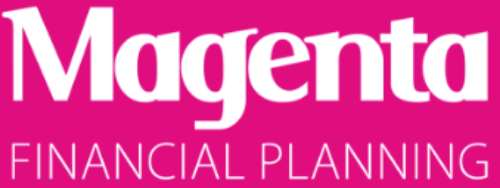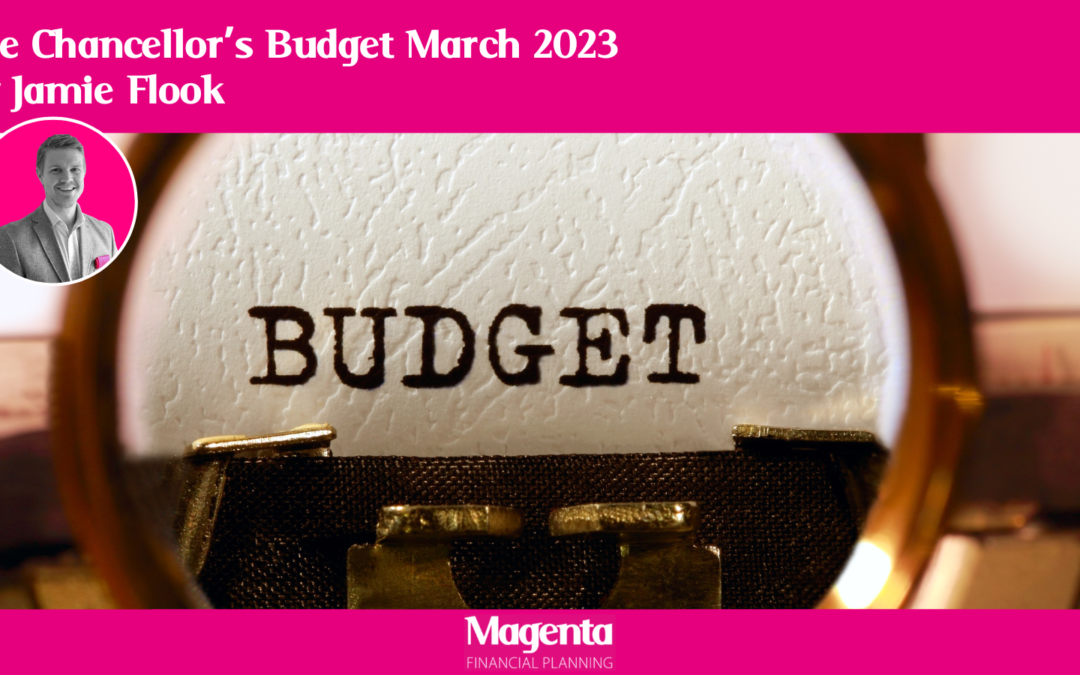Last week Jeremy Hunt delivered his budget, only a couple of weeks away from the end of the tax year.
So, this is a double information blog; part budget update, part tax year-end reminders.
First, the budget update. As expected, there were no further changes to tax rates, bands, and allowances. These will be as announced in the Autumn Statement last November.
However, there were some major announcements in regard to pensions, which will affect a number of you, especially those currently still accumulating pension savings and those impacted by the Lifetime Allowance.
Budget Update
Pensions
Lifetime Allowance
The Lifetime Allowance (LTA), which is the amount of pension savings you can accumulate and use in your lifetime, will be abolished from 6th April 2023. This means you can build up as large a pension as possible with no worry that it will be taxed when it gets above a certain threshold.
The LTA will be abolished from April 2024, but withdrawals in excess of the LTA next year will not suffer a charge – effectively the LTA rate will be set to 0%. This is to allow for the unravelling of the existing legislation with changes to be included in a subsequent Finance Bill.
This essentially removes the cap on lifetime savings, opening up the opportunity for further funding, even if the LTA had previously been fully used.
There will, however, be a cap on tax free cash at 25% of savings subject a maximum of £268,275 (25% of current LTA).
While the various forms of LTA protection will be redundant with regards to the LTA charge, for those that hold this type of protection, they may still be relevant for determining tax free cash.
Subject to certain conditions, anyone with a tax free cash entitlement in excess of £268,275 because of their LTA protection will retain their rights to this higher amount. They will also be able to restart pension funding from 6 April 2023, without losing their existing protection.
Annual Allowance
Also changing on 6th April, is how much you can put into your pension each year. Currently it is £40,000 each year, but it is going up to £60,000 a year.
This also affect those in defined benefit schemes like the NHS, where high levels of inflation has meant that pension input has been a lot higher, resulting in an annual allowance charge for some. This measure is designed to avoid this happening again in future.
Money Purchase Annual Allowance
For those who have accessed their Money Purchase pensions but (which are typically a ‘pot’ with a value and not defined benefit) but who still wish to contribute to pensions, the current limit of contributions you can make is £4,000 per year. This could be the case if you retired but return to work.
This is now going up to £10,000 per year.
Tapered Annual Allowance
For those with higher incomes, the annual allowance (currently £40,000 but increasing to £60,000) begins to taper away. Currently the taper can bring this right down to an allowance of £4,000 per year, but from 6 April the minimum amount you can put in increases to £10,000.
Other issues covered
The government energy price cap guarantee is staying at its current level of £2,500 until the end of June, which is an extension of 3 months.
30 hours of free childcare per week is being extended to 1 and 2 year olds.
Currently this is only for 3 and 4 year olds, and it is estimated this will save around £6,000 per child per year.
For those of you that these changes impacts, we will ensure we have a conversation with you in the coming weeks.
Tax Year End reminders
- Invest in ISAs
Individual Savings Accounts (ISAs) allow your savings to grow free of income tax and capital gains tax. Additionally, there is no tax to pay on withdrawals from them, making ISAs a great option for long term savings and providing future flexibility to fit around your plans. ISAs are a ‘use it or lose it’ allowance, and so, if you have any spare savings to fund ISAs and haven’t yet done so for this tax year, make sure you do. The limit is £20,000.
This is also the case if you pay into Junior ISAs for children or Lifetime ISAs for your first property savings (although the limits differ). Get in touch if you need to discuss this.
- Pay into Pensions
Personal pension contributions benefit from basic rate tax relief at 20%, meaning that for every 80p you pay in, the value is topped-up to £1 by the Government. For higher and additional rate taxpayers the benefits can be even higher, with further tax relief claimable via your self-assessment tax return. Again, if you haven’t used your Annual Allowance, (100% of earnings or £40,000 whichever is lower) and you want to, get in touch.
- Capital Gains!
If you have investment gains in your portfolio, it may be worthwhile considering making use of your annual Capital Gains Tax (CGT) exemption, especially given the changes next tax year where these are reducing.
The CGT exemption for the 2022/23 tax year is £12,300, meaning that you can crystallise gains (or make a profit) up to this amount without incurring a tax liability. This is reducing to £6,000 next tax year and £3,000 the year after.
Using your CGT exemption and then potentially reinvesting regularly, can help to “flush out” gains in your portfolio over time, so that you don’t end up paying significant amounts of tax if you need to make any large sales in future.
We’re rapidly approaching the end of the tax year, so if there is anything you’d like to talk to us about, that you don’t feel we’ve already personally spoken to you about, please do get in touch as soon as possible.
Please feel free to share this content if you think this could be of interest to someone you know, or your social network, via the buttons below.

